
Fundamental Analysis 2.0
Understand the basics with our interactive market course.
How to trade on the EUR pairs
The euro was introduced in early 2000 as the single currency for 12 member countries. By 2019, the Eurozone had grown to include 19 countries. These economies, especially the smaller ones, are closely connected, so news from major members like Germany, France, Italy, or Greece can significantly impact the euro’s value.
It’s important to understand that the Eurozone represents a deeper level of integration and coordination than the broader European Union, which currently includes 29 countries. In the Eurozone, countries not only share the same currency but also follow a unified monetary policy set by the European Central Bank.
Although not all EU nations have adopted the euro yet, the primary goal of the region’s development is to promote the use of the euro as a common currency.
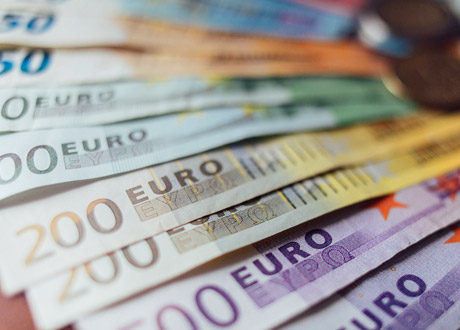
How to trade on the EUR pairs
However, the Eurozone debt crisis, which peaked in 2011, shook these plans. Many still doubt that such a diverse group of economies from Germany to Greece, with very different views on fiscal policy can successfully share a common currency. For example, even though over 35% of global trade is conducted in euros, the euro’s share in central banks’ foreign reserves has dropped significantly.
Moreover, the euro has become more sensitive to political developments in countries like Italy and Greece. These nations carry heavy debt loads and have often clashed with EU officials. Such tensions lead to more “Sell” trades on the euro, driven by fears that the European Union might break apart.

How to trade on the EUR pairs
Let’s also remember how hard Spain, Portugal, and Italy were hit by the 2008 financial crisis. Greece, for its part, had to have its debts forgiven several times, and investors viewed Italian bonds as highly speculative. Yet, despite these challenges, the euro managed to endure. Even with significant ups and downs, the euro’s exchange rate against the US Dollar stayed near the levels seen at the very start of its circulation.
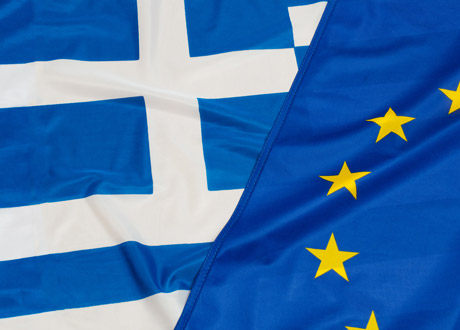
How to trade on the EUR pairs
Moreover, the transparency of the ECB’s actions makes fundamental analysis more predictable. With some experience, you will be able to interpret statements from Central Bank officials and understand how they impact currency pair movements.
The key focus should be on the monetary policy decisions of both the ECB and the Fed. In both cases, the governing bodies meet every six weeks to decide on interest rate changes and update their economic forecasts. Usually, the official statements are carefully worded and softened. While a beginner might find these remarks obvious or vague, experienced traders know how to “translate” the language into practical insights by comparing the current message with previous ones.
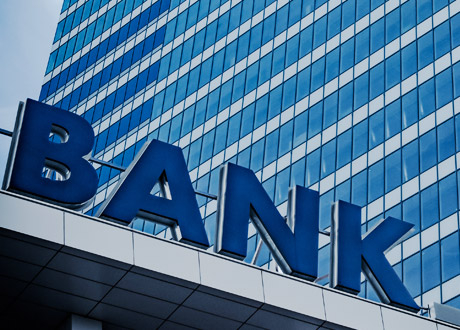
How to trade on the EUR pairs
A key factor behind euro volatility is the commentary from the ECB President during the press conference, which typically takes place about 45 minutes after the official data release. Since 2019, the Fed has also started holding extra speeches around 30 minutes after releasing current data and economic forecasts.
Markets react quickly to any shifts in expectations, so the most impactful information often comes from these comments and explanations. Central banks refer to this approach as “managing expectations.”

How to trade on the EUR pairs
So, what happens during these press conferences?
Journalists from around the world usually ask the ECB Head about the current economic situation in the Eurozone, the Central Bank’s future plans, and any possible changes to monetary policy.
The best and most up-to-date information comes from watching the live broadcast on the official ECB website. Pay close attention to the statements made by Christine Lagarde and Jerome Powell, and observe how they impact the EUR/USD exchange rate. Try to notice this connection yourself in real time.

How to trade on the EUR pairs
During the press conference, the market’s reaction can be quite sudden and strong. Keep in mind that behind every trade are people, and people often act based on emotions, fears, and expectations. After considering everything said by ECB officials, the market may often adjust with corrections or sharp moves.
Inflation also plays a key role in affecting the euro. The ECB aims to keep inflation around 2% or lower.
The most important point to remember from this lesson is that Forex trading is influenced by changes in interest rates and how central banks act to reach their inflation targets.

How to trade on the EUR pairs
When actual EU inflation or its forecasts move away from the 2% target, it impacts interest rates and the tone of ECB statements. For example, “Buy” trades on the euro often increase when the Central Bank raises rates or signals it might do so. On the other hand, the euro tends to weaken if rates are cut or if the ECB hints at a possible reduction.
Why does the ECB set interest rates? The regulator’s goal is to balance inflation growth or decline with changes in interest rates. By the way, have you ever noticed that global analysts usually talk about “interest rates” in plural, not just a single “interest rate”?
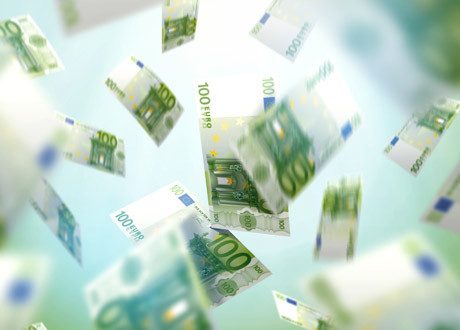
How to trade on the EUR pairs
Few traders know that the European Central Bank sets three separate interest rates at each of its meetings. While we won’t explain all the specifics, it’s important to understand that this process is complex and influences different parts of the economy.
For instance, the ECB tracks inflation using the Harmonized Consumer Price Index (HICP), which is released every month. The first estimate is published on the last working day of the month, and the final number usually comes out in the middle of the following month. Although large surprises don’t happen often, when the actual data differs greatly from predictions, it usually causes strong movements in the euro’s price compared to other currencies.
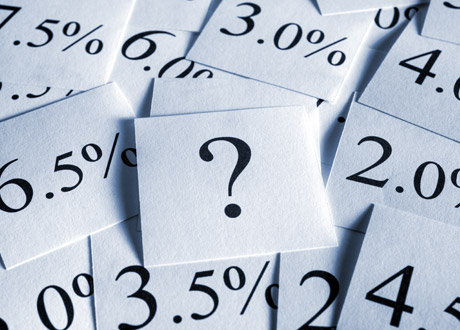
How to trade on the EUR pairs
Traders watch both overall inflation figures and the Core CPI, which leaves out changes in food and energy prices. However, the Fed and the ECB have slightly different approaches. The European Central Bank releases the general inflation rate, while the Fed focuses more on the core consumer price index.
Just like interest rates, inflation is a key factor that influences currency exchange rates. Still, markets don’t often get shocked because analysts have become good at predicting trends by using other related data.

How to trade on the EUR pairs
Changes in the business index (PMI) also have a strong impact on the euro. Purchasing managers are seen as a reliable source of up-to-date information about orders, production, and inflation trends. Their regular reports show whether business activity has increased or decreased compared to the previous period. A PMI below 50 means business is shrinking, while a number above 50 shows growth. Traders also watch closely how these results compare to forecasts, because changes in expectations often drive market moves.
The EU PMIs cover both manufacturing and service sectors. Additionally, Markit (the company that carries out these surveys) calculates separate indices for major EU countries, which market participants also follow closely.
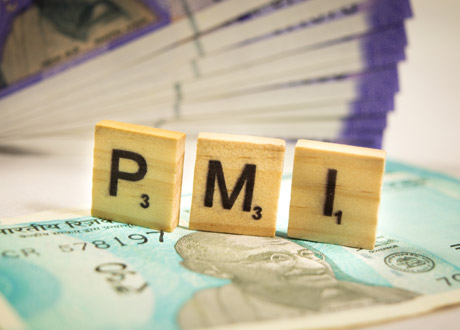
How to trade on the EUR pairs
While the service sector is the main focus for the US and UK, both the manufacturing and service PMIs have equal importance in the Eurozone. Always watch not only the overall EU PMI but also the national PMI figures for Germany and France, which are considered the leading economies in the EU.
How can you use PMI data in trading?A PMI below 50 shows a slowdown in business activity and might signal a coming recession. A PMI above 50 means the regional economy is growing. For traders who follow news, it’s crucial to see how the actual numbers compare to forecasts. When the PMI is higher than expected, it often strengthens “Buy” trades on the euro.If the PMI is lower than predicted, it can trigger a wave of selling the euro against its main rivals and put more pressure on European stocks.
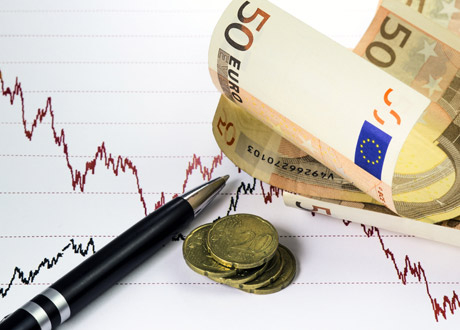
How to trade on the USD pairs
The US dollar plays a central role in Forex trading strategies. It is involved in more currency pairs than any other currency. Additionally, it acts as the primary currency for commodities and US stock markets, meaning its fluctuations have a wide-reaching impact across financial markets.In this lesson, you’ll discover why the US dollar holds such a dominant position globally and why economic developments and monetary policy decisions in the United States are crucial news for traders everywhere.
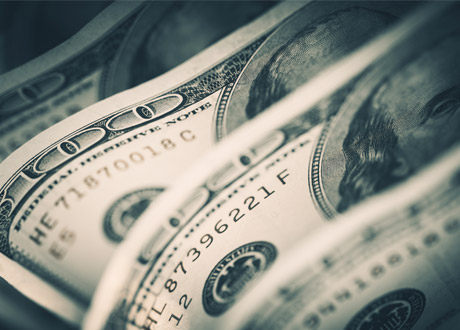
How to trade on the USD pairs
To start, the dollar has been known as the “global reserve currency” since 1944. That year, countries from around the world gathered in the United States for the Bretton Woods conference, which aimed to rebuild the international financial system after World War II.
Because much of Europe and Japan were heavily damaged, the United States took advantage of this and greatly strengthened its economy. Also, during the war, many nations sent their gold reserves to the US for safekeeping, making America the strongest and richest country at that time.
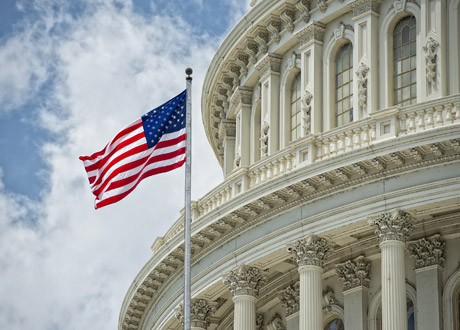
How to trade on the USD pairs
Even without that gold, the United States already held the largest reserves of precious metals. This was a key point during the Bretton Woods talks because, before the conference, many countries followed the “gold standard.”
However, the war changed the situation, and this system stopped working.
Under the Bretton Woods Agreement, countries agreed to link their currencies to the US dollar, which was itself tied to gold. This made the dollar the central reserve currency worldwide.

How to trade on the USD pairs
In reality, the agreement was more of a promise than a permanent solution. It lasted for a couple of decades before being ended. The rapid recovery of European economies and the costs of the Vietnam War forced a change: by 1971, many countries found themselves holding dollars that were quickly losing value.
The US dollar remains truly global and widely accepted, which underscores its importance in the modern financial system. Approximately 55% of the world’s foreign exchange reserves held by central banks, as well as individual accounts, are in dollars totaling over $6.3 trillion.
In comparison, euros make up about one-third of that amount worldwide, while yen and pounds account for nearly twelve times less.

How to trade on the USD pairs
This situation creates strong and steady demand for the US dollar across many countries worldwide. It forms a mutually beneficial cycle: US and dollar-denominated debt markets are the most liquid, which financial markets value highly because liquidity allows buying and selling assets without significantly impacting their prices. This liquidity is exactly what central banks look for when holding reserves!
Moreover, the US Federal Reserve is the most powerful central bank globally and often sets the tone for monetary policy trends worldwide.

How to trade on the USD pairs
Why do people hold dollars? They use them to protect their savings when their local currencies are weak or unstable. Additionally, the dollar serves as a universal currency for international trade payments and acts as the base currency for settling commodities like gold and oil.
Now, why is oil priced in US dollars? This dates back to an agreement between the American statesman Henry Kissinger and Saudi Arabia, where the kingdom agreed to sell its oil exclusively in dollars in exchange for US military protection in the region. Following this deal, Saudi Arabia effectively set the terms for other OPEC members (Organization of the Petroleum Exporting Countries), and soon Brent crude oil began to be traded solely in US dollars.

How to trade on the USD pairs
It’s also worth noting that whenever some countries have attempted to challenge this system, for example, Iraq’s move to switch to euro-based settlements - they faced intense and aggressive pressure from the United States. Similar situations occurred with Libya and Russia, where sanctions and even military interventions were justified, at least in part, by their efforts to reduce the dominance of the dollar.
Additionally, over one-third of global debt securities (bonds) are issued in US dollars. Commercial banks and other institutions also issue debt in USD to local populations, businesses, and foreign entities.
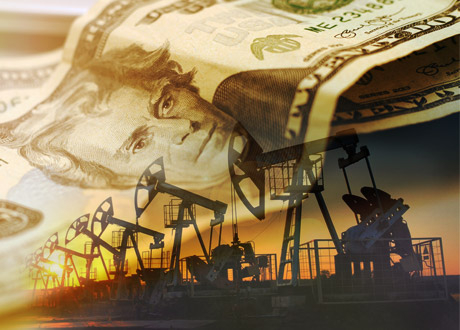
How to trade on the USD pairs
Naturally, the United States recognizes that the dollar’s influence extends far beyond its own economy. Back in the 1960s, the French Finance Minister famously remarked that the USD “was content with the exorbitant privilege due to the demand for it as a reserve currency”. This privilege also means the dollar wields significant power over global financial markets. Typically, a strengthening dollar negatively impacts commodities and stock markets. Moreover, a rising dollar often signals capital flight from emerging economies like China, Russia, Mexico, South Africa, Turkey, and others.
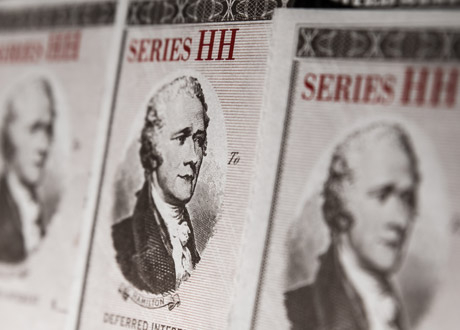
To wrap up this lesson
it’s important to remember that the US Federal Reserve sets interest rates and monetary policy not only for the United States but also for the global reserve currency, and thus, for much of the world. In doing so, it takes into account both the domestic economy and the broader global economic landscape.
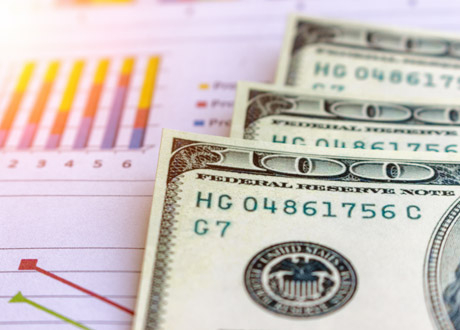
Risk Warning: Before you start trading with leverage, ensure that you understand the associated risks and possess a sufficient level of knowledge
We do not serve customers from the USA and Iran



.svg)